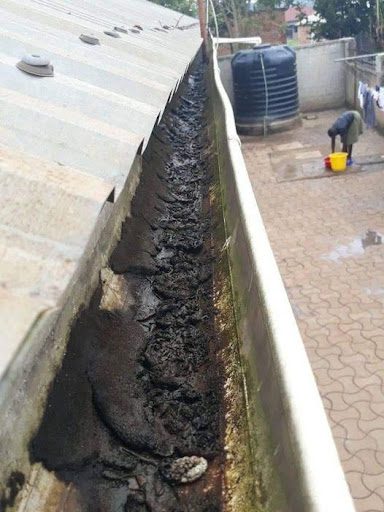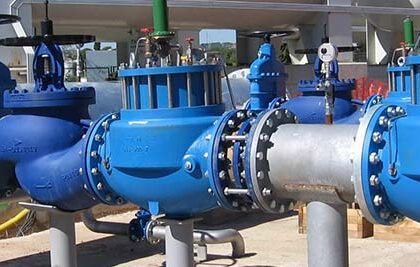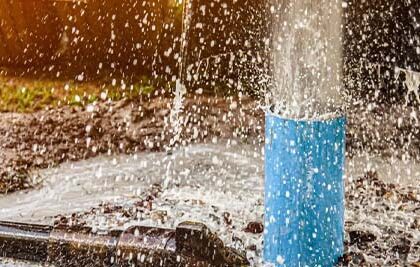As the world continues to face water scarcity and drought on one hand and flooding on the other, it is important to consider sustainable solutions for water management. One ancient practice that is gaining popularity in modern times is rainwater harvesting.
Rainwater harvesting is the process of collecting and storing rainwater for later use. This can be done through the use of rain barrels, cisterns, or underground storage tanks. The collected rainwater can then be used for irrigation, watering plants, flushing toilets, and even for drinking after proper treatment.

One major benefit of rainwater harvesting is the ability to reduce reliance on water utilities. Water drawn from utilities often requires treatment and transportation, which can be costly and resource-intensive. Rainwater, on the other hand, is a free and naturally-occurring resource. By capturing and using it, individuals and communities can save money on their water bills and reduce the strain on the local water supply.
By reducing the demand on local water utilities, we not only save money, but we also contribute to the sustainability of our water sources. By using less water, we ease the pressure on surface and underground sources, helping to ensure their long-term availability to continuously meet both human and aquatic life needs. Additionally, the saved water can be used to bring clean, reliable water to communities that currently lack access to it. This can be achieved through the implementation of new water distribution systems, which help to improve the quality of life for everyone. Overall, reducing strain on local water utilities has multiple benefits, not just financial, but also environmental and social.
One important aspect of rainwater harvesting for purposes of domestic use is the need for the incorporation of some form of physical water treatment as part of the rainwater harvesting system. Given the ever-present risk of falling debris such as plant leaves and other physical particles on catchments (mostly rooftops), it is critical to implement some form of physical water treatment to filter these materials and prevent them from entering your storage units such as cisterns and tanks. It is critical to note that when these physical materials continue to leak into your storage units, the quality of the harvested water suffers. Rotting leaves and other organic matter, for example, will emit a foul odor, whereas the presence of sand will imply non-portability and hence non-suitability for certain uses.
One way to accomplish this is to use custom-made rainwater harvesting filters. The other method is to use first-flush diverters. Both of these methods are simple to implement and can be incorporated into the system at any time after system installation. As a result, if neither of the two were initially a part of your system, it is not too late.
On the other hand, if you are implementing artificial aquifer recharge, it is critical to include some form of filtration (typically sand filtration) in the path of the water before it reaches its final aquifer component storage unit in the ground.
Rainwater harvesting is a practical and sustainable solution for addressing both flood and drought challenges in various regions. By collecting and storing rainwater, we can reduce the risk of flash flooding, which can cause significant damage to homes and infrastructure, as well as compound flooding, which can impact the attractiveness and viability of living or farming in an area. At the same time, in areas experiencing drought, rainwater harvesting can provide a vital source of water for irrigation and other essential purposes, helping to mitigate the negative impacts of drought on crops, vegetation, and communities. Overall, rainwater harvesting is an effective strategy for minimizing the risks associated with extreme weather events.
While rainwater harvesting systems do require some initial investment in terms of setup and equipment, the long-term benefits far outweigh the costs. These systems are relatively low-maintenance and can last for many years with proper care.
Rainwater harvesting is thus an innovative and environmentally friendly solution to our growing water scarcity problem. By collecting and storing rainwater, we can not only reduce our reliance on traditional water sources, but also save money on water bills and reduce the negative impacts of flooding and drought. Additionally, it is a low-cost and low-maintenance method of water management that can be easily implemented by individuals, communities, and even businesses. As the world continues to face the challenges of climate change and population growth, it is more important than ever to adopt sustainable water management practices like rainwater harvesting.











